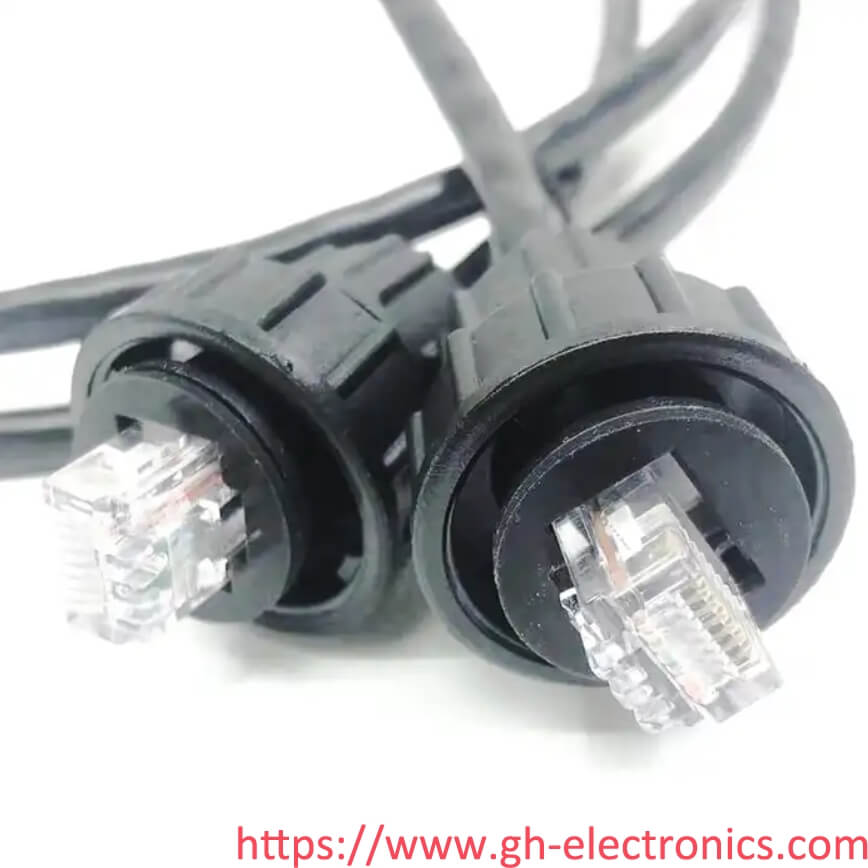
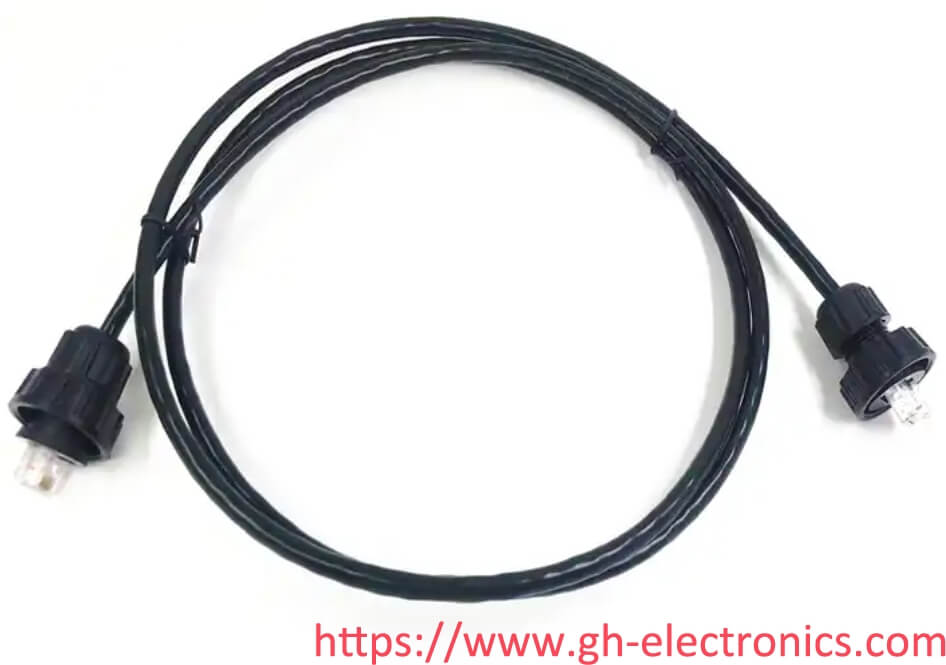
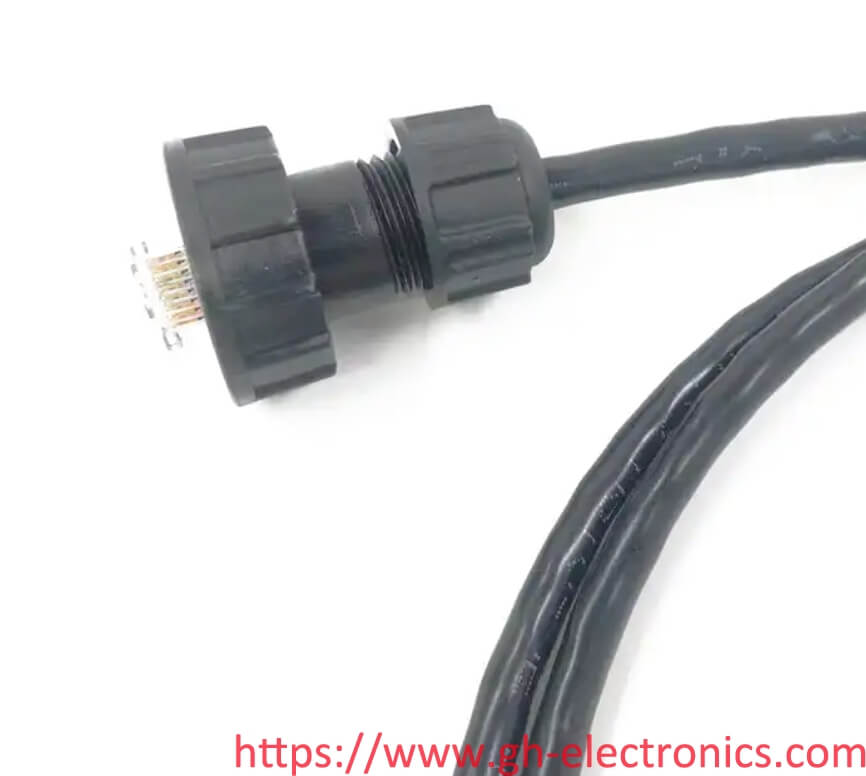
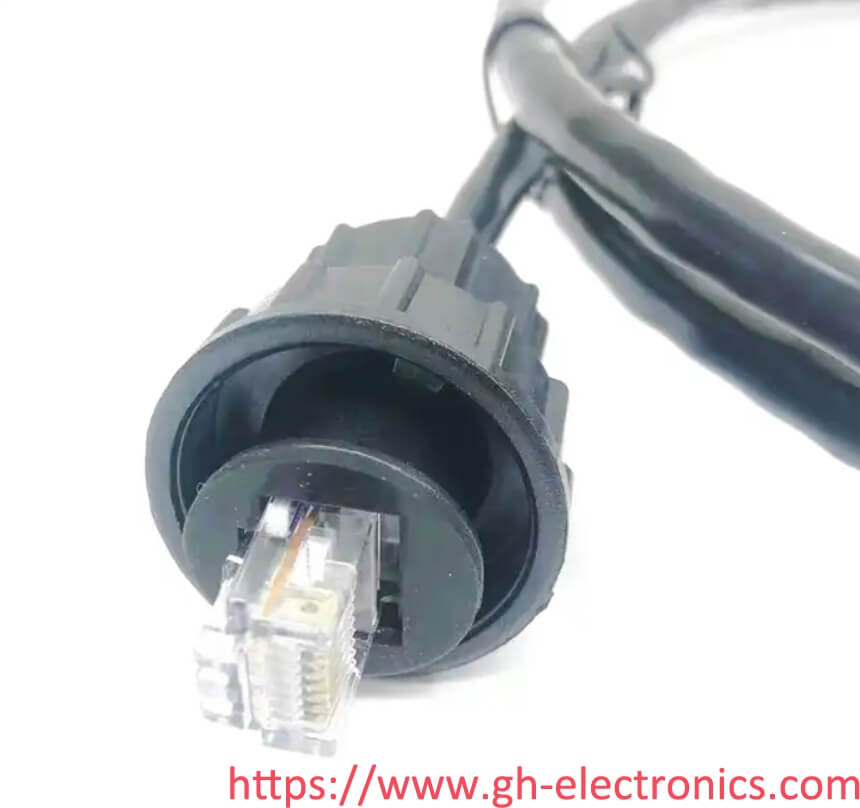
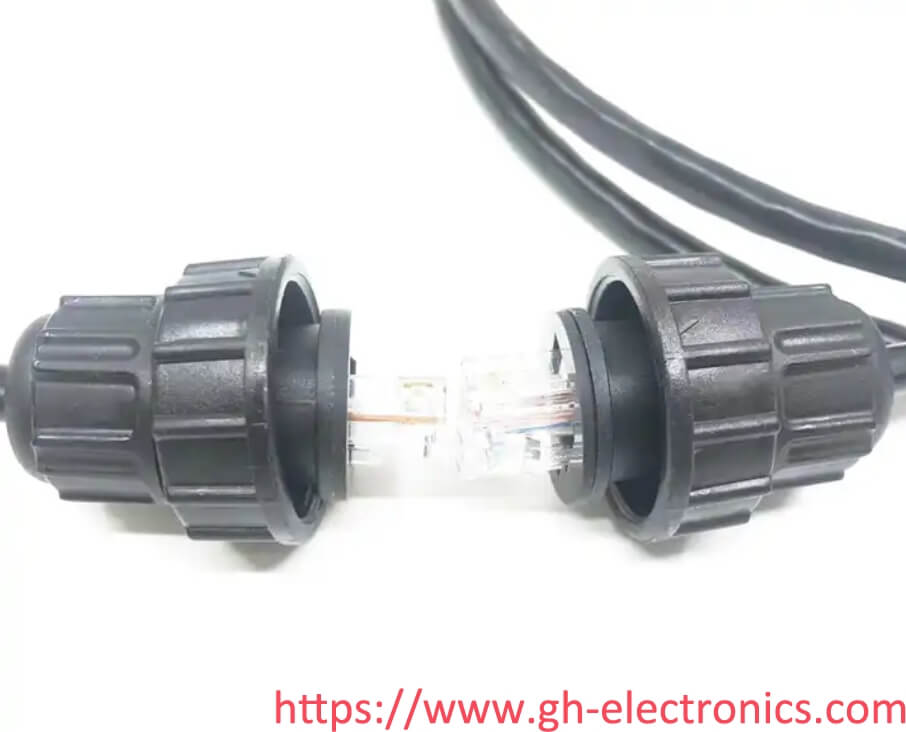

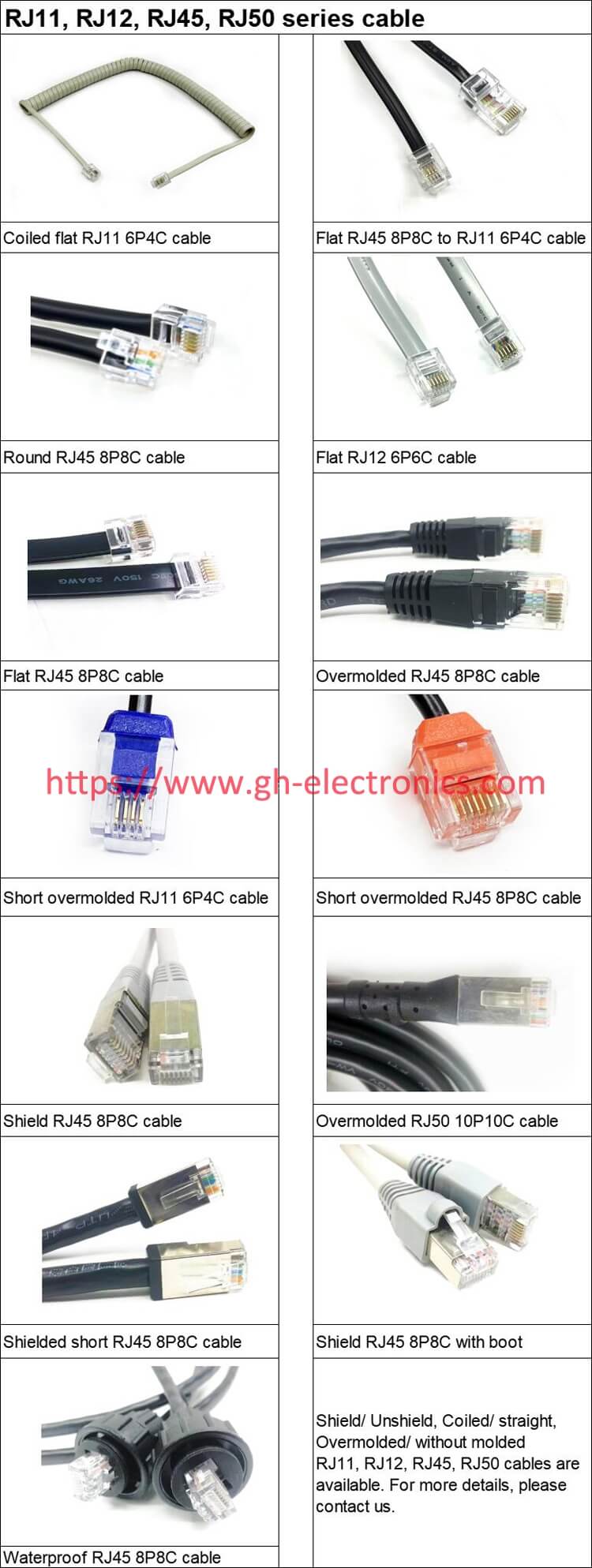
RJ45 cables, also known as Ethernet cables, are used to connect networking devices, such as computers, routers, and switches, to establish a wired network connection. There are several types of RJ45 cables, which are categorized based on their construction and performance capabilities. Here are the most common types:
Cat5e (Category 5e): This type of cable supports data transmission speeds of up to 1,000 Mbps (1 Gbps) and is suitable for most Ethernet applications. It is backward compatible with older Cat5 cables.
Cat6 (Category 6): Cat6 cables are designed for higher data transmission speeds and reduced crosstalk compared to Cat5e. They support speeds of up to 10 Gbps over short distances and are often used in environments where high-performance networking is required.
Cat6a (Category 6a): Cat6a cables are an enhanced version of Cat6 cables and provide even better performance. They can support data transmission speeds of up to 10 Gbps over longer distances compared to
Cat6 cables.
Cat7 (Category 7): Cat7 cables offer higher performance and are designed to support data transmission speeds of up to 10 Gbps over longer distances. They also provide better shielding against electromagnetic interference (EMI) due to their shielding design.
Cat8 (Category 8): Cat8 cables are the latest standard in Ethernet cabling. They are designed to support data transmission speeds of up to 25 Gbps or 40 Gbps over shorter distances. Cat8 cables have improved shielding and reduced crosstalk to ensure reliable high-speed connections.
It's important to note that while higher category cables generally offer better performance, they may also require compatible networking devices and infrastructure to achieve their maximum capabilities. Additionally, the choice of cable type depends on the specific requirements of your network and the desired data transmission speeds.







